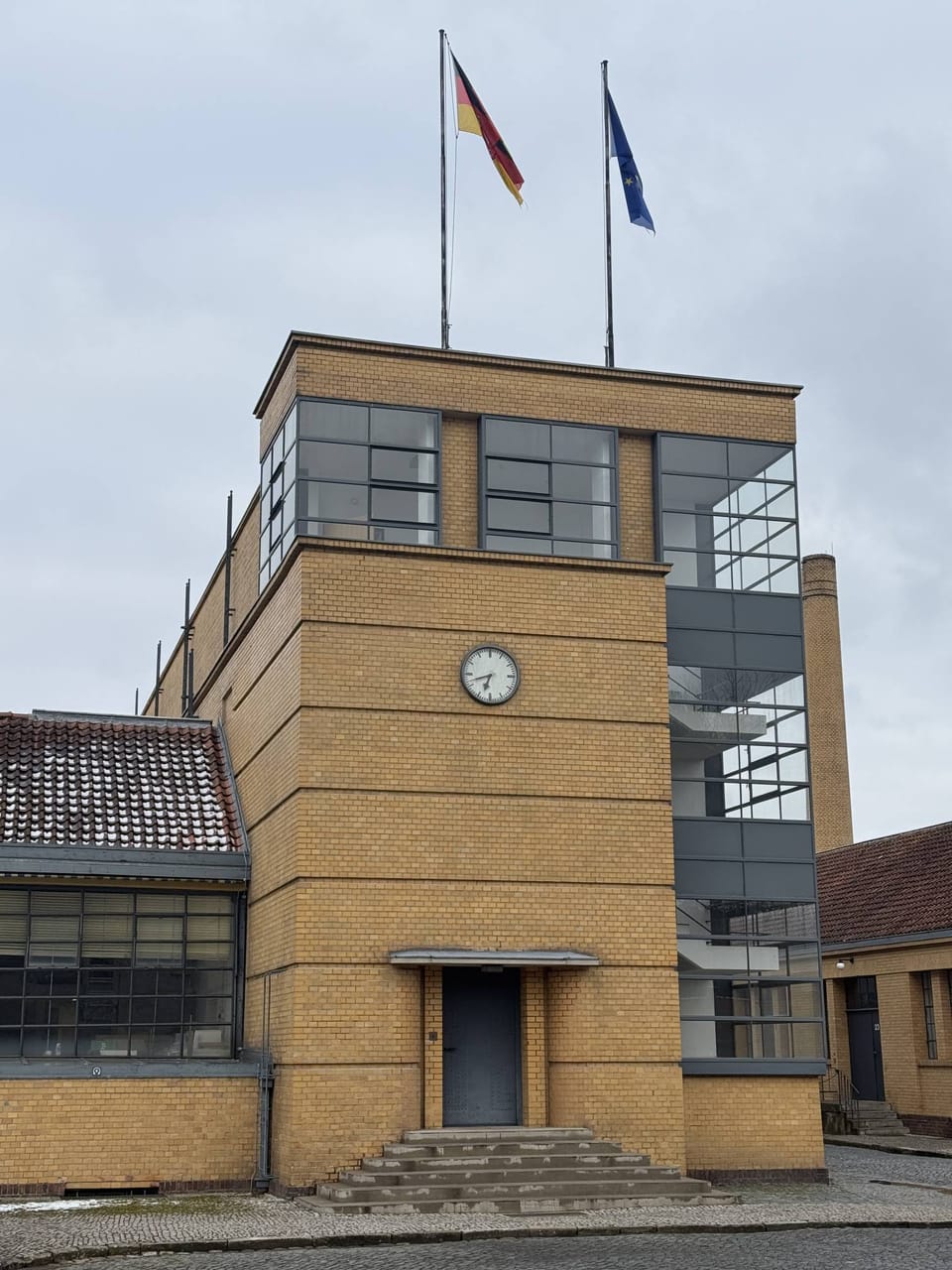
Less is More: Packing for Life on the Road

After last week’s truck troubles — when our truck dashboard lit up like a Christmas tree with error messages — we’re finally rolling again. A single blown fuse for the CAN bus had shut down communication between essential systems, but thankfully, our MAN shop diagnosed it quickly, and by Friday, we had our truck back. Note to future self: wiggle and check all fuses whenever you have a problem with your truck.
Since then, it’s been all about packing. Clothes, food, tools, bikes, tech, and of course, our motorcycle gear. It’s always a challenge: what do we really need? How much of each thing is essential? The truth is, space is a constraint, and travel forces you to strip life down to the essentials.
When you live on the road, every item must earn its place.
The more you carry, the less freedom you have. It’s a constant balancing act between comfort and practicality. Our truck carries not just the basics but also essentials for long-term travel: folding bikes, a foldable fireplace, 370L of fresh water, 700L of diesel, a Thermomix, a 140L fridge, a motorcycle, two spare wheels (over 100kg each!), winter and summer motorcycle gear, a table and chairs for outside, and recovery gear for the truck. And we continue refining what we bring, learning through experience what is truly necessary and what we can do without. This list is not exhaustive.
That’s why a big truck is necessary — we’re not on vacation, we live full-time on the road. Multiple trips take us across countries, from the Balkans back to Germany, then north to Iceland, and again back to Germany, eventually to Iberia and Morocco. For us, long-term travel means traveling in a truck. We couldn’t imagine doing this with a Land Rover and a rooftop tent.
Each item in our truck has a purpose, but even with a well-packed setup, the freedom we feel comes not from what we carry, but from what we leave behind. As we continue this journey, we will keep learning what we truly need on board and what we can do without. As we settle into life on the road again, one truth stands out:
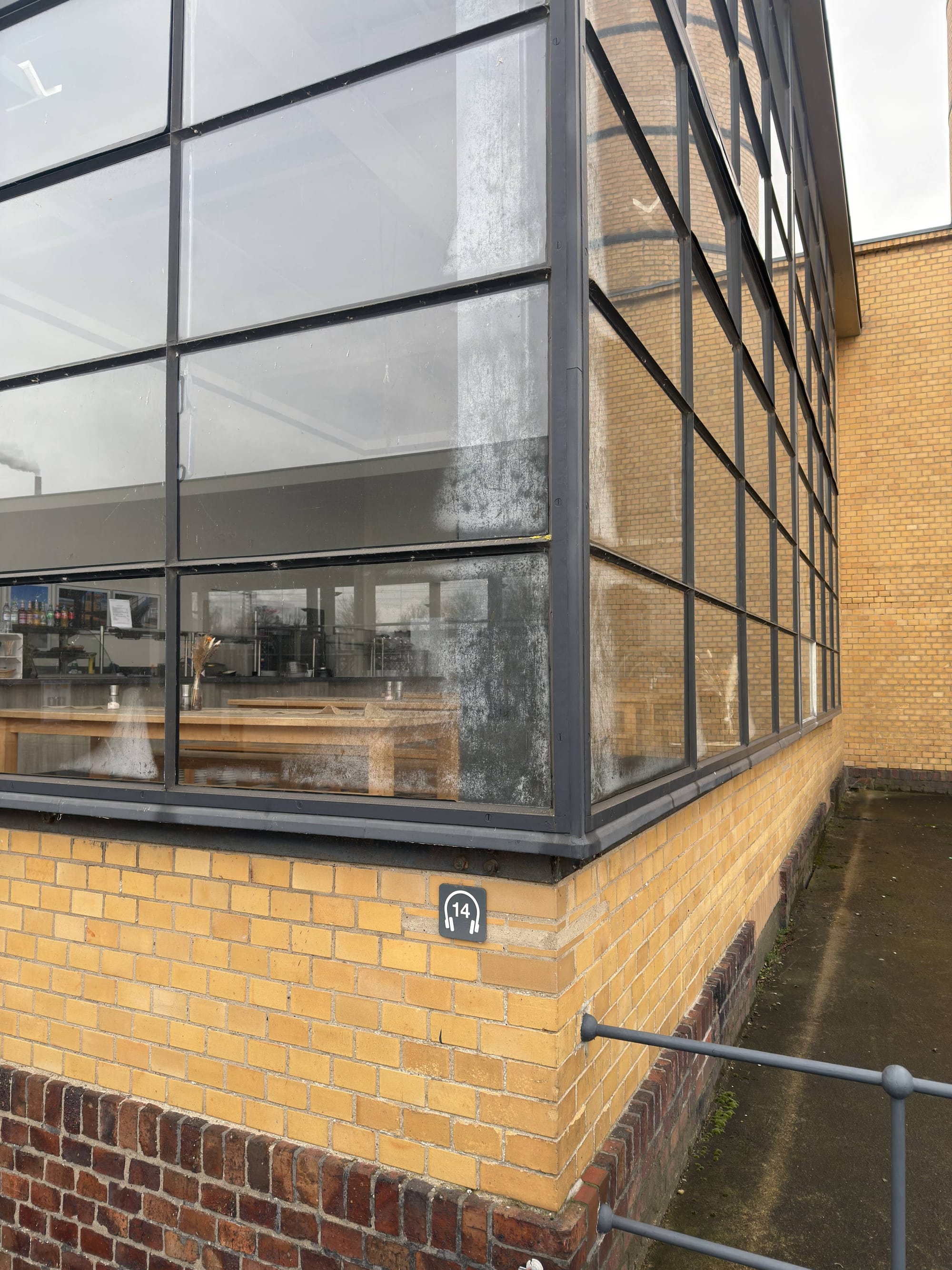
The things you own end up owning you — until you own less.
Yesterday morning, we left our brick-and-mortar home and headed towards Hannover. This weekend, we’ll be at Mammut Park, pushing both our truck and ourselves at an off-road driving academy. We’re excited to learn more about off-road driving — how steep we can go uphill and downhill, at what angle our truck will still stay upright, and how to handle rough terrain with confidence. No matter how capable the truck is, the drivers still have a lot to learn!
But for now, it feels good to be back “in the saddle.” The truck is running smooth, the new foil wrap looks stunning, and our bike platform is rock solid. Living on the road again reminds us of the constant trade-offs we make — choosing essentials over excess, mobility over clutter, and experiences over possessions.
Serendipity, Bauhaus and the Fagus Factory
Sometimes, people ask us how we decide on our next travel destination. It usually happens quite organically. Over breakfast, we check what’s nearby, what catches our attention, and what sparks our curiosity. This morning was no different. A world heritage site happened to be next to our route — the Fagus Factory.
In 2011, the Fagus Factory was inscribed on the UNESCO World Heritage List as a pioneering example of modern industrial architecture. Designed by Walter Gropius, the founder of Bauhaus, it remains one few docents World Heritage Sites in Germany. What makes it even more remarkable is that it has been an active production site for over 100 years, seamlessly blending history with function.
Carl Benscheidt, the forward-looking and innovative company founder, entrusted the young architect Walter Gropius with the task of building a shoe last factory.
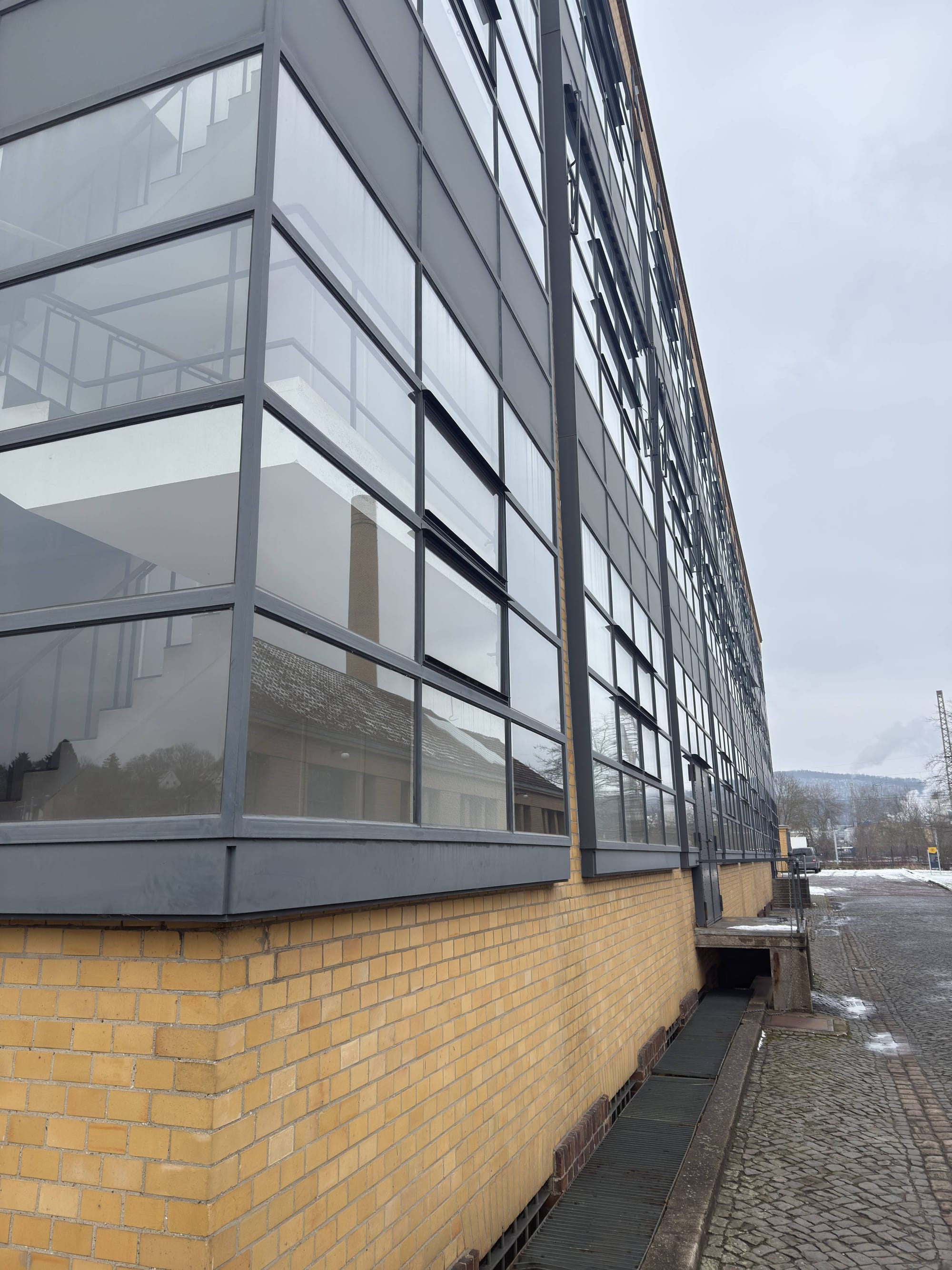
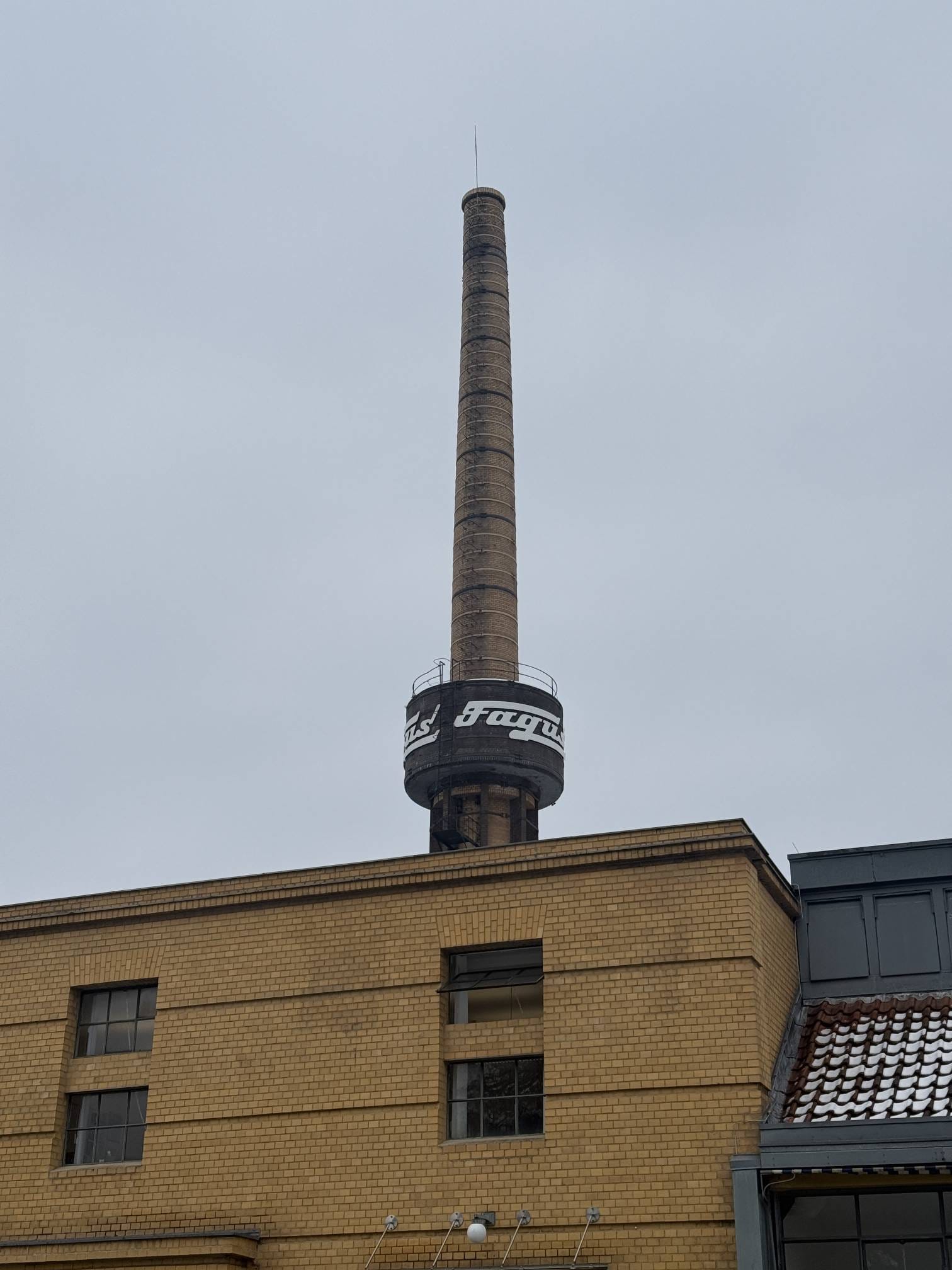
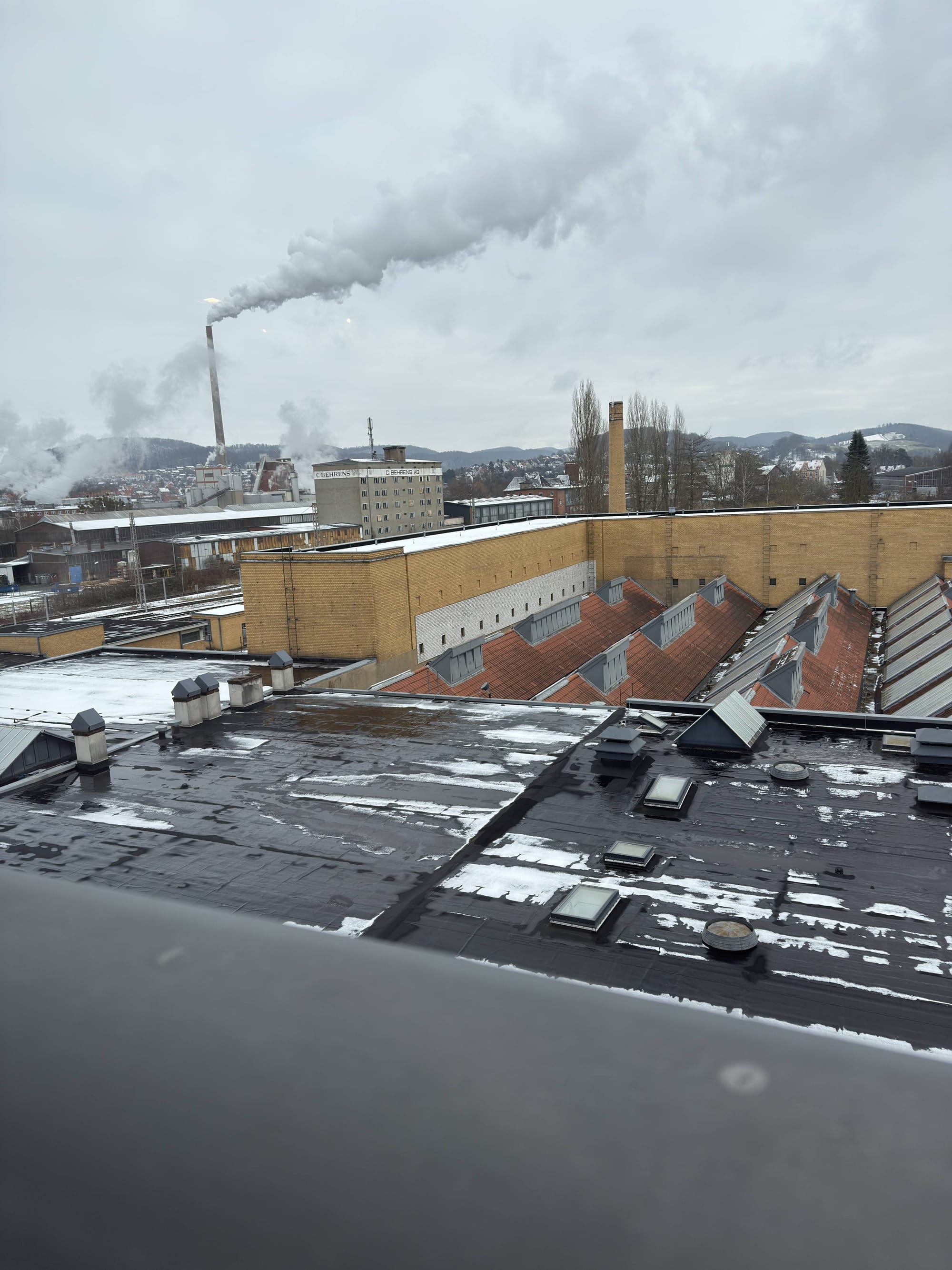
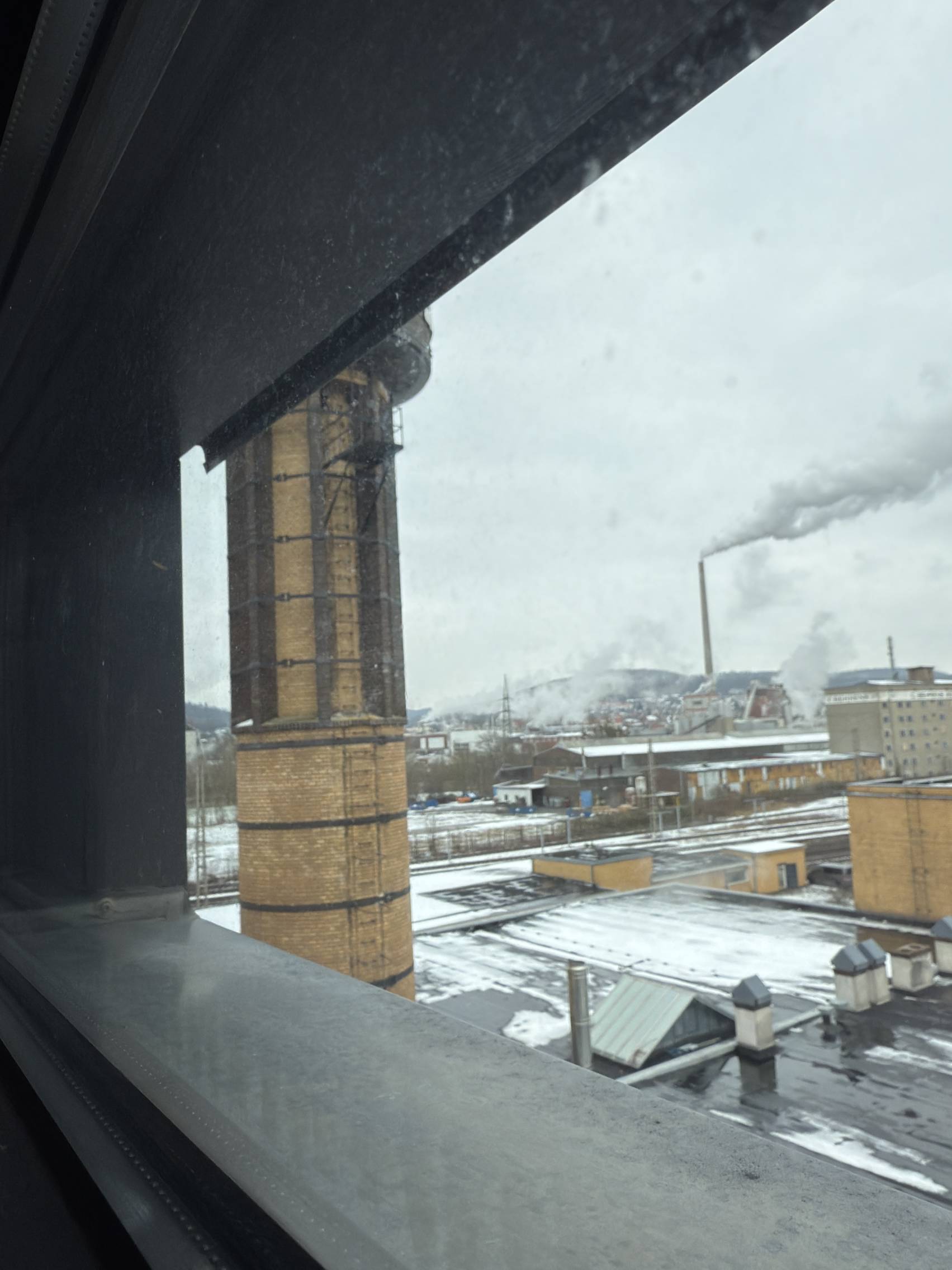
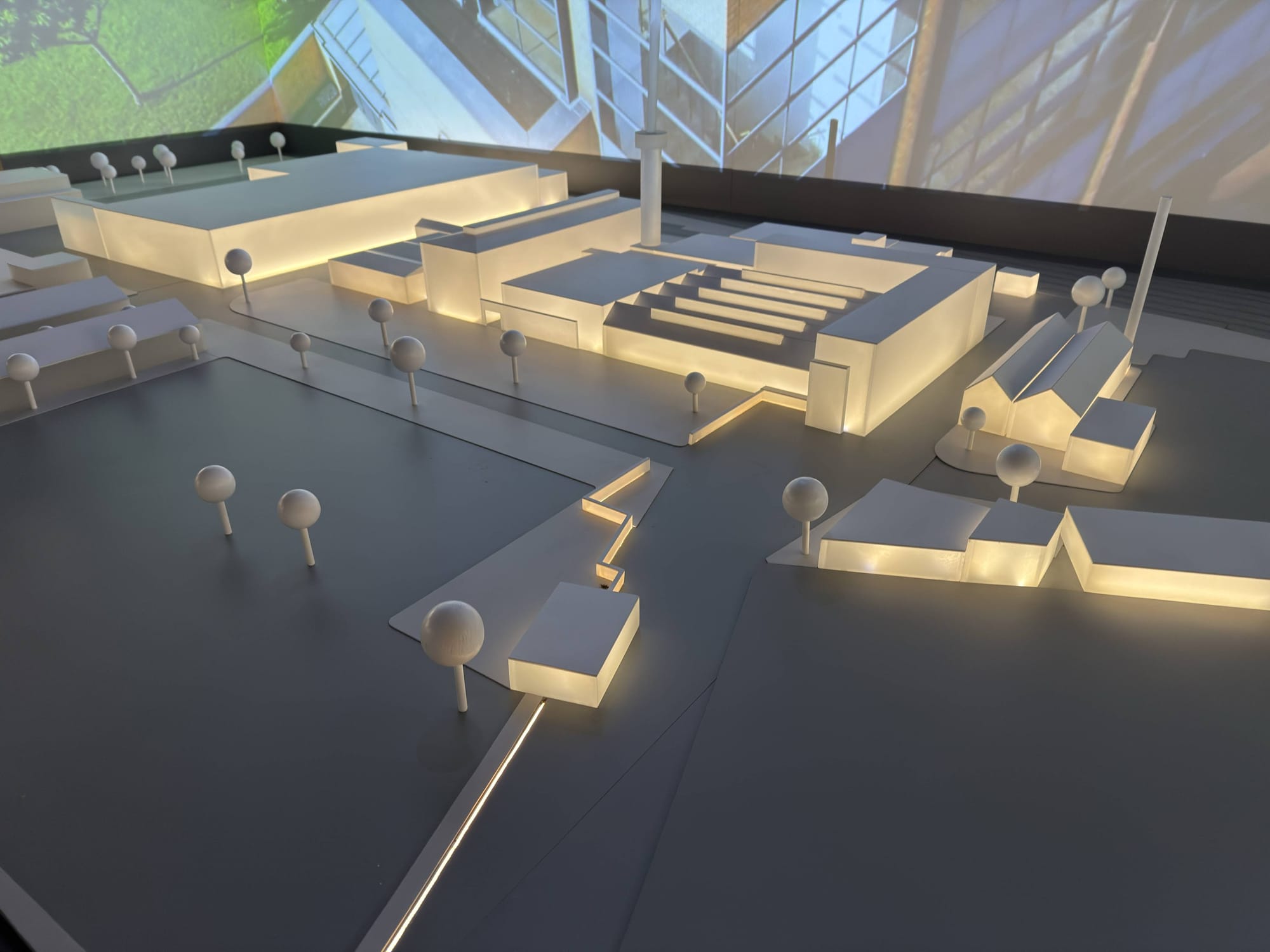
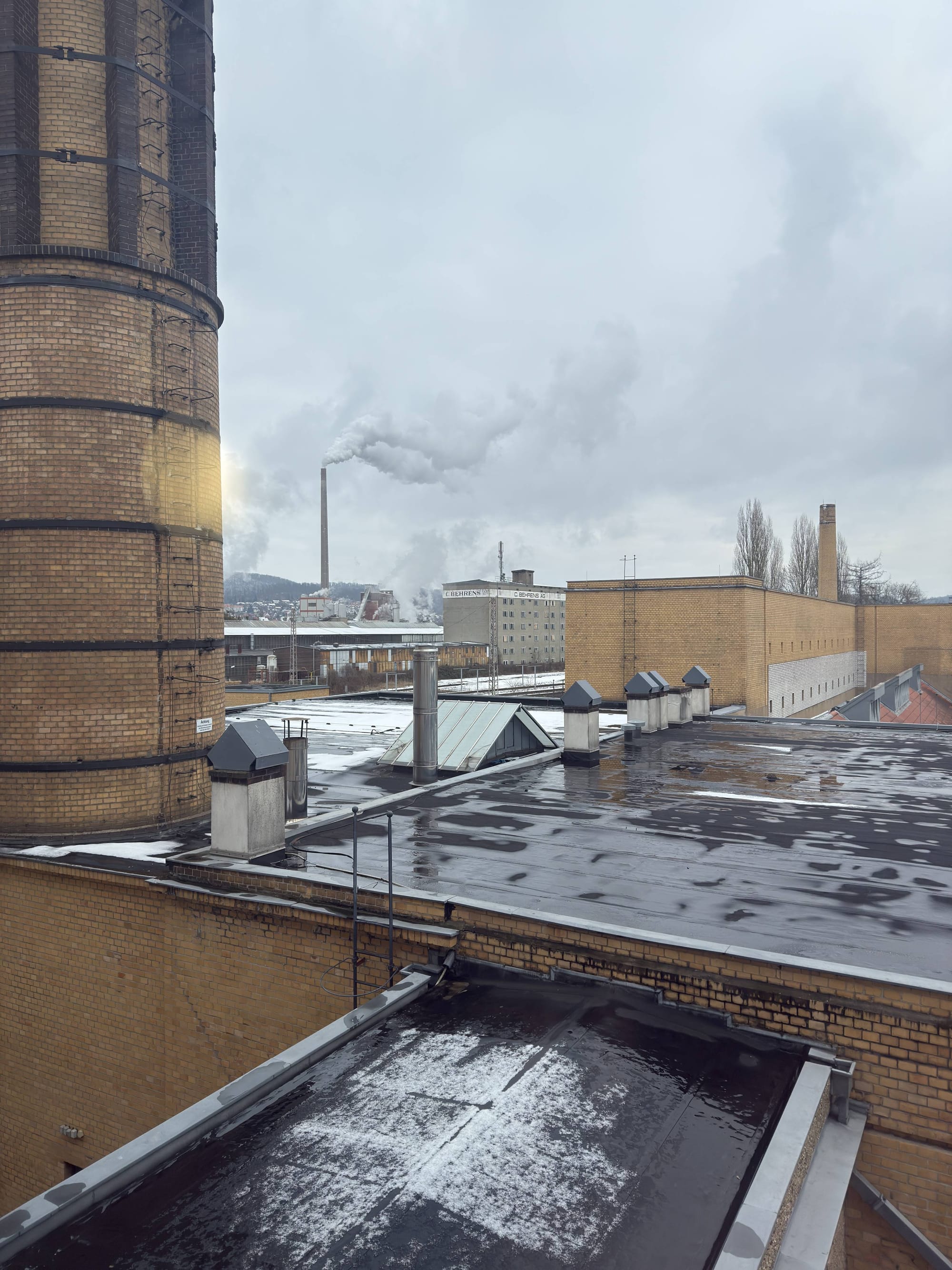
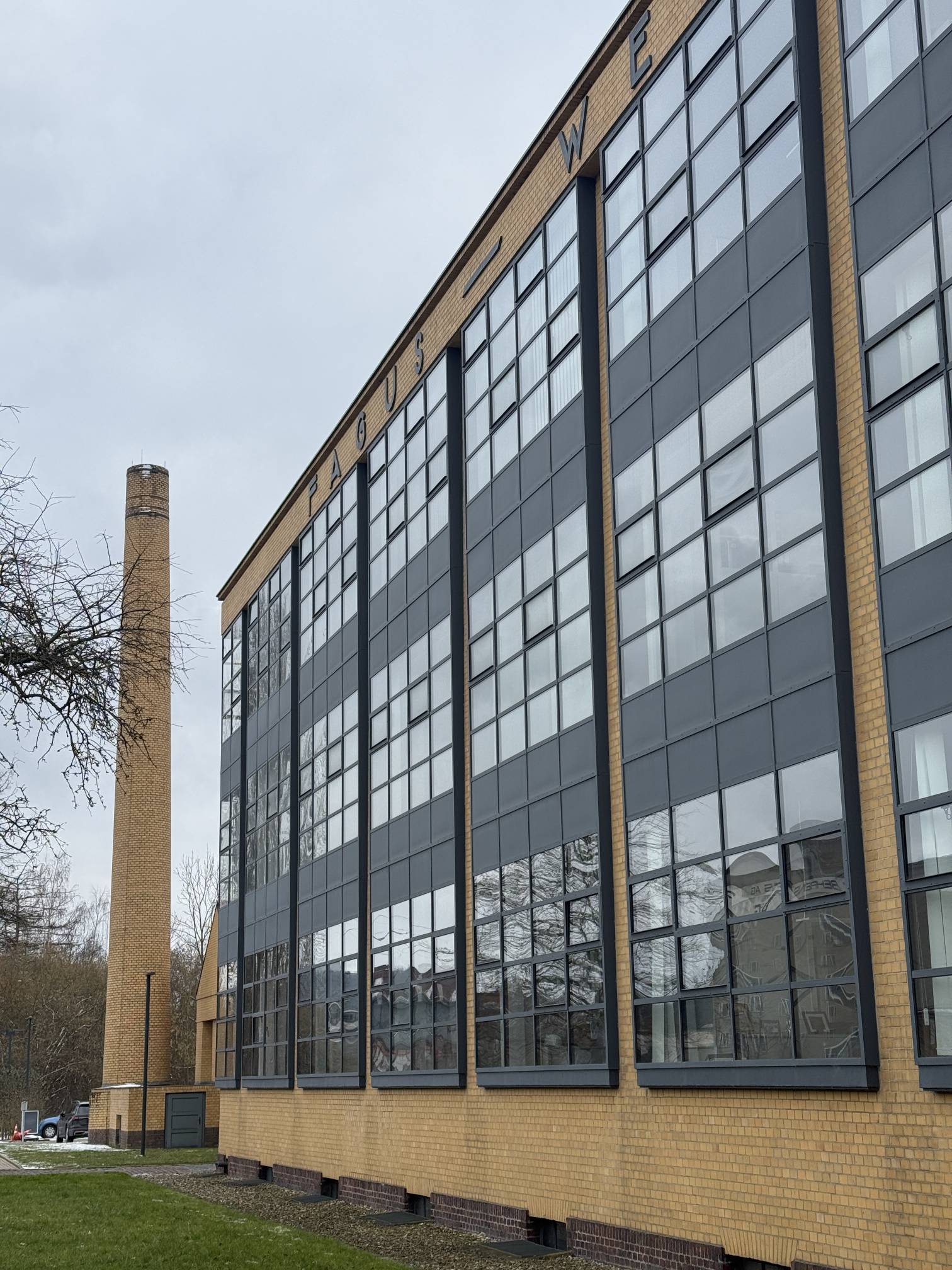
The Fagus Factory represents an architectural concept that was the first to consider the requirements associated with light, air and clarity and to make use of glass and steel in a manner corresponding to a brand new construction style. The glass-and-steel structure and the unsupported glazed corners enrich the building with a casual elegance that was quite extraordinary at the time compared with other factories of the period. The entire factory was completely restored between the years 1982 and 2002 and it is now in a better condition than ever before.
We love everything about Bauhaus.
A few years ago, we visited the original Bauhaus School site in Dessau and were captivated by its architecture and free-thinking spirit — especially considering this all happened in the late 1920s. The design philosophy, the bold use of forms and colors, and the forward-thinking approach were decades ahead of their time. Looking back, it almost feels as if the Bauhaus visionaries had a glimpse into the future, as if Marty McFly had made a weekend trip to 1920 and left them inspired.
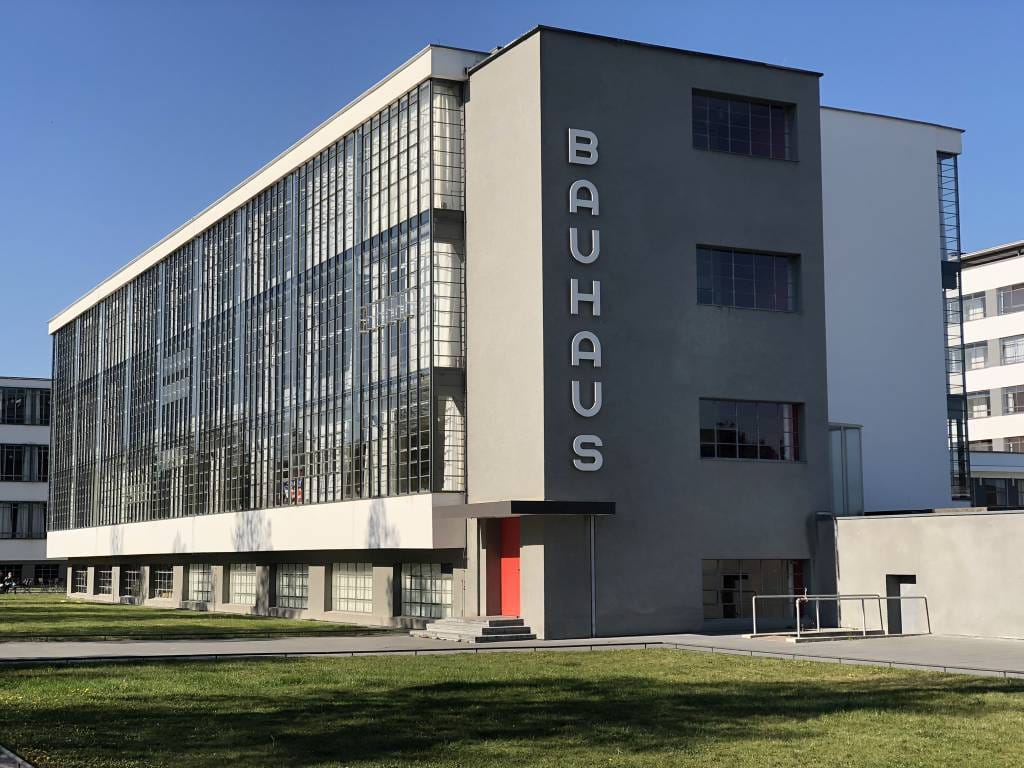
That’s why the Fagus Factory immediately caught our attention. It was an instinctive decision — we saw its location on the map, and within moments, we knew we had to go. The two-hour drive to Alfeld felt effortless, and what we found was an architectural marvel. If you ever happen to be in the area, the museum is well worth a visit. Not only did we deepen our understanding of Bauhaus, but we also learned about the fascinating process of shoe production — both 100 years ago and today. And the site is very "big-rig-friendly". We were warm hearty welcomed on the bus parking space some footsteps next to the museum.
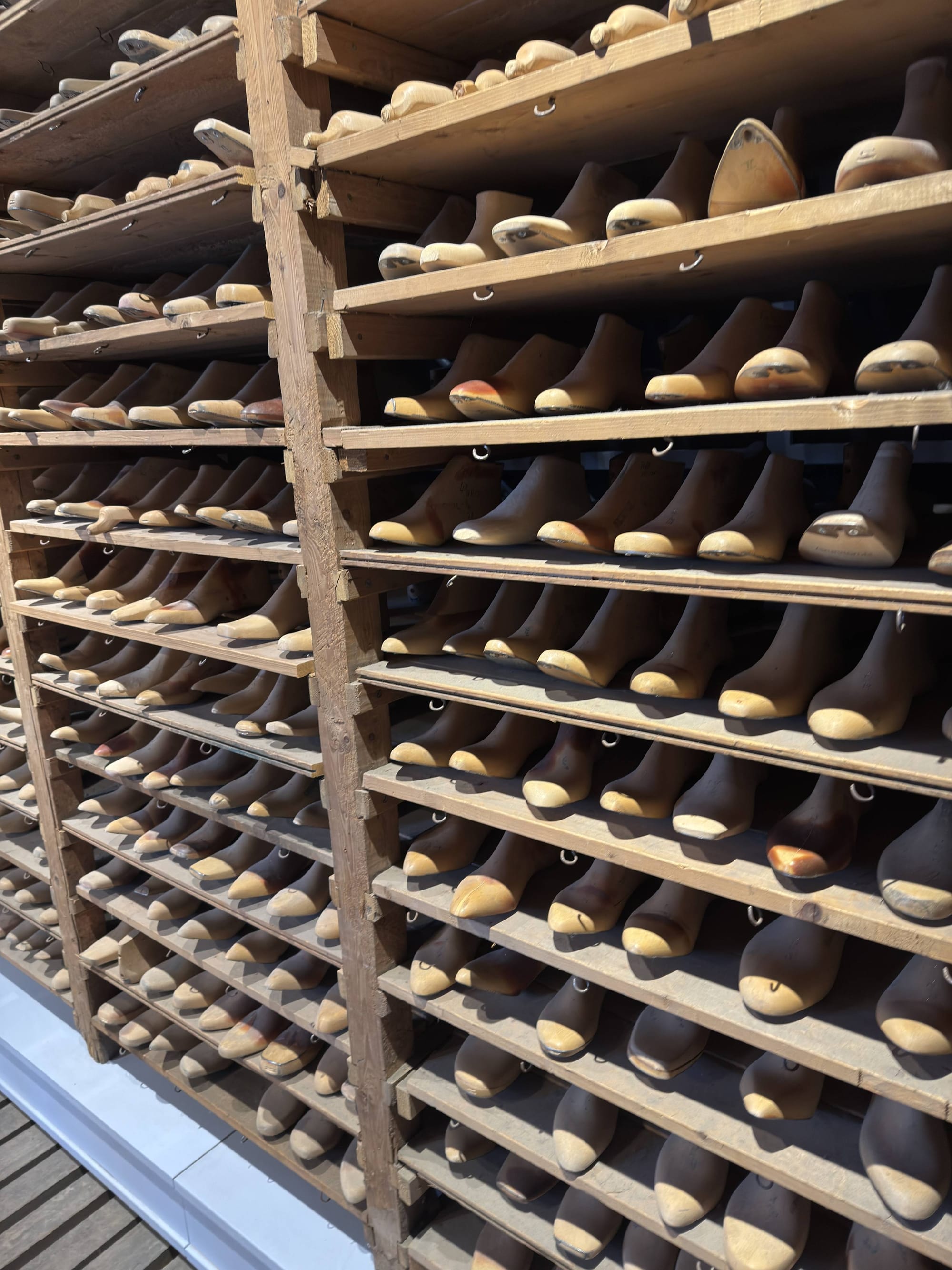
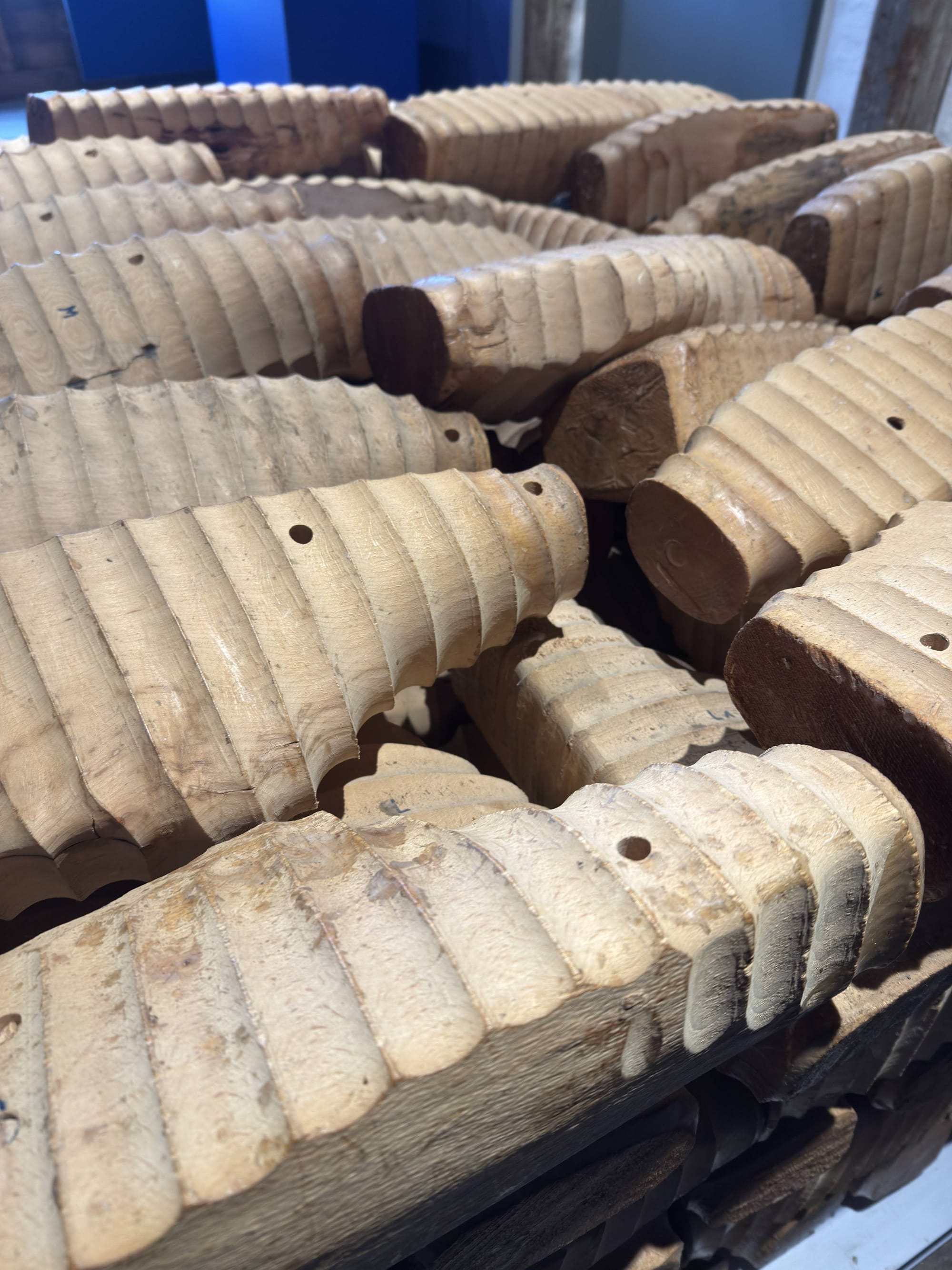
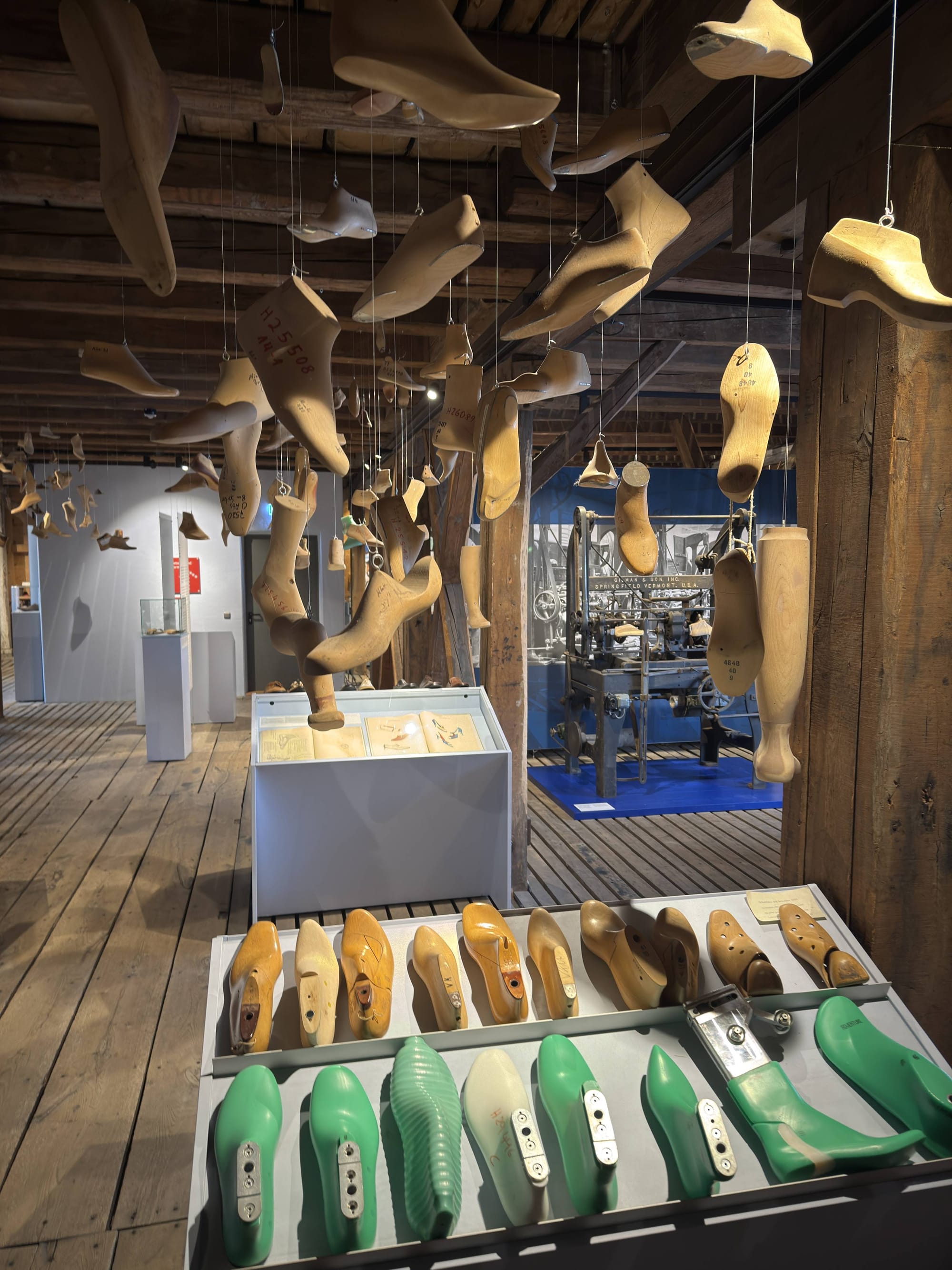
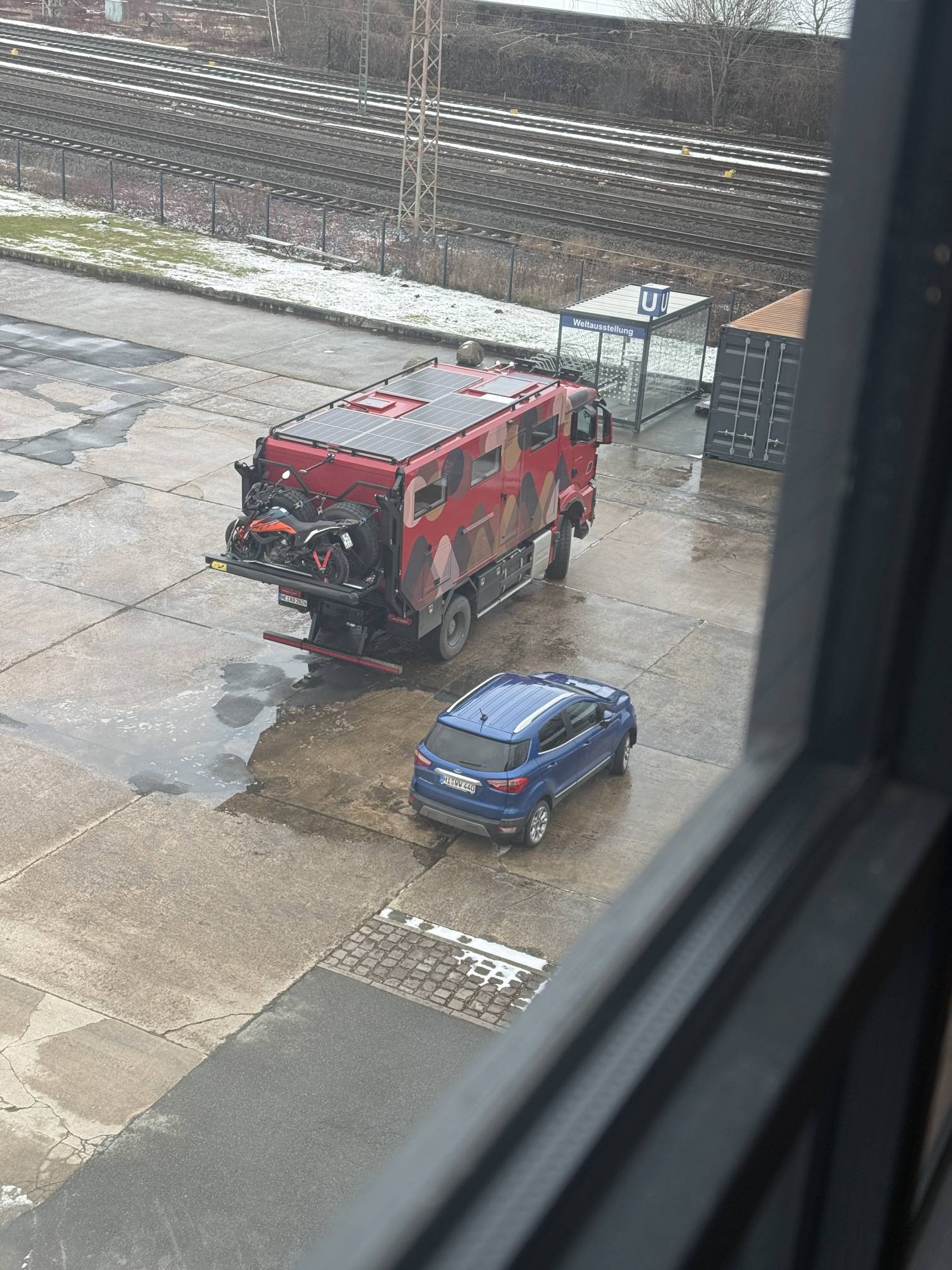
One particularly striking moment was seeing a historical photograph of Einbeck in the exhibition, a nearby town filled with stunning half-timbered houses from 1550. We had to visit Einbeck as well in the late afternoon. Discovering such unexpected gems is the beauty of travel — serendipity at its finest.
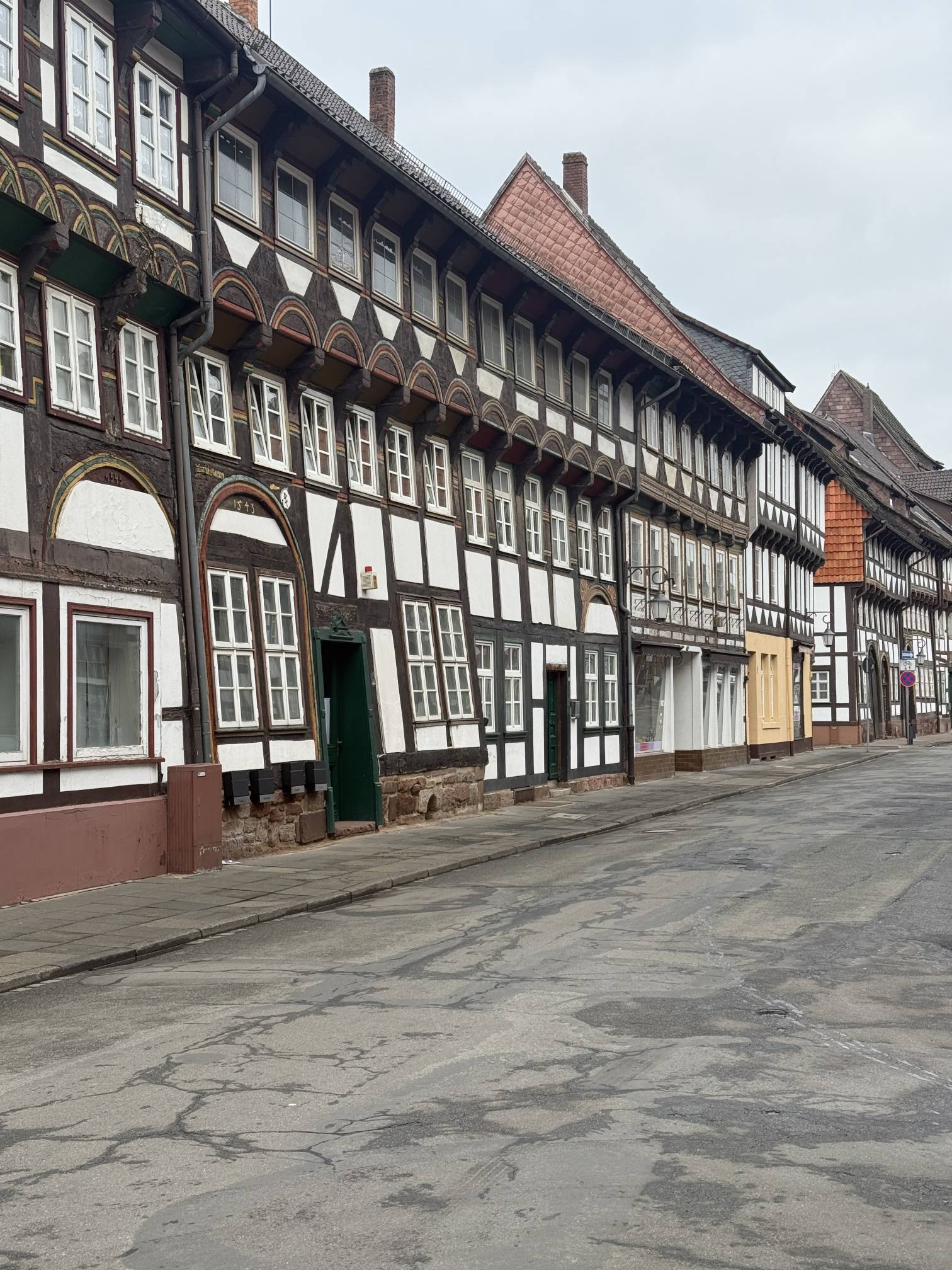
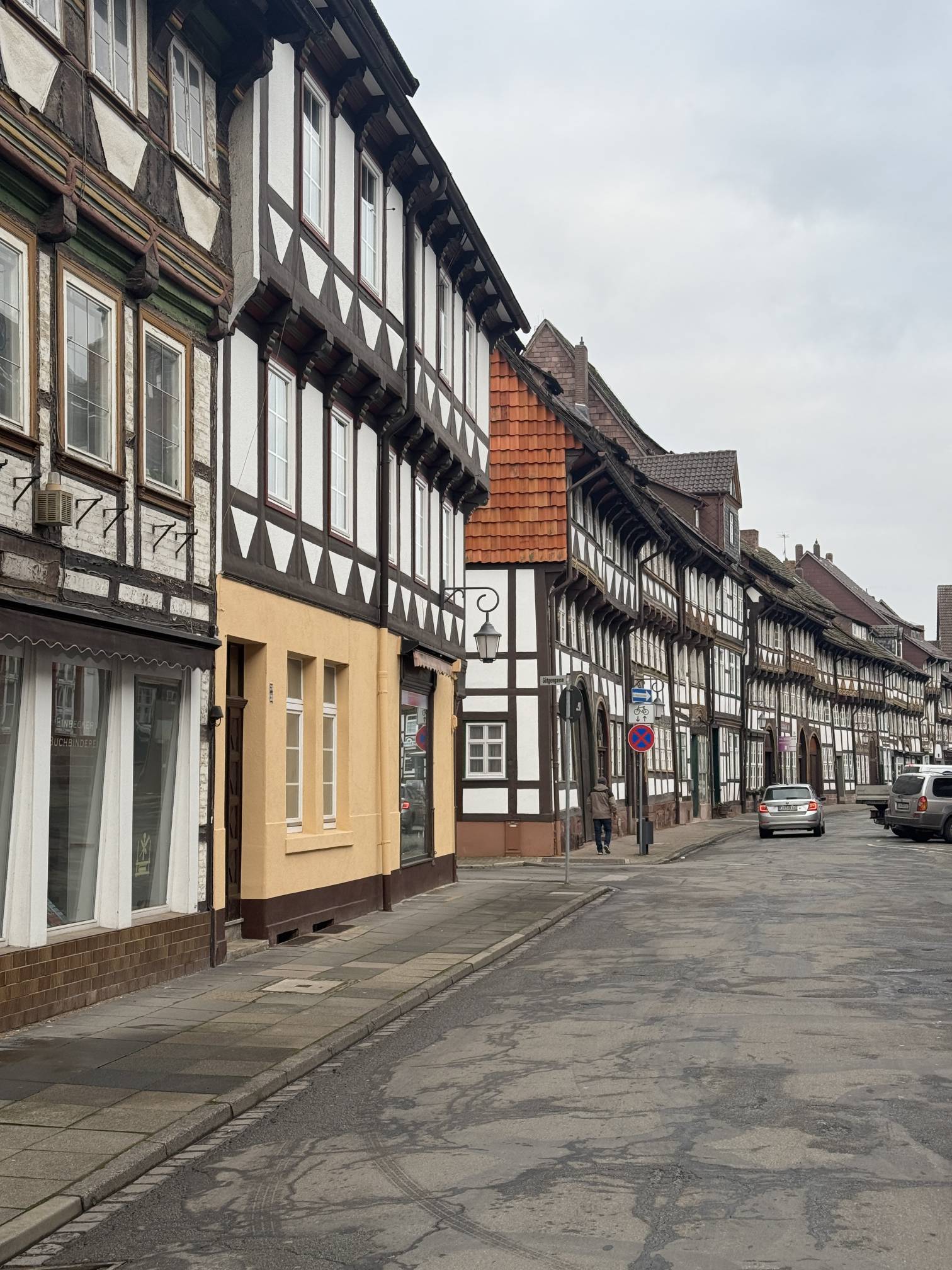
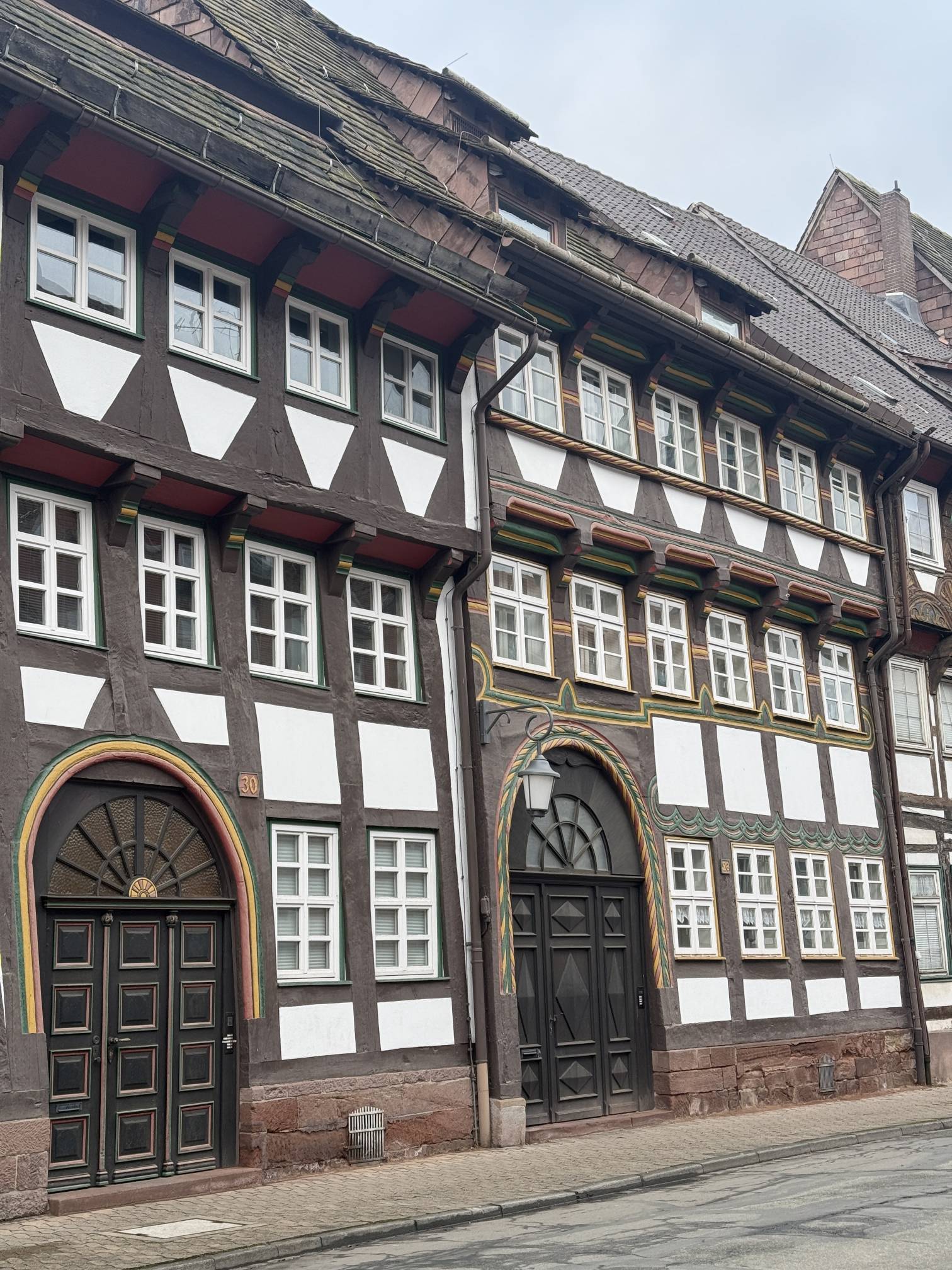
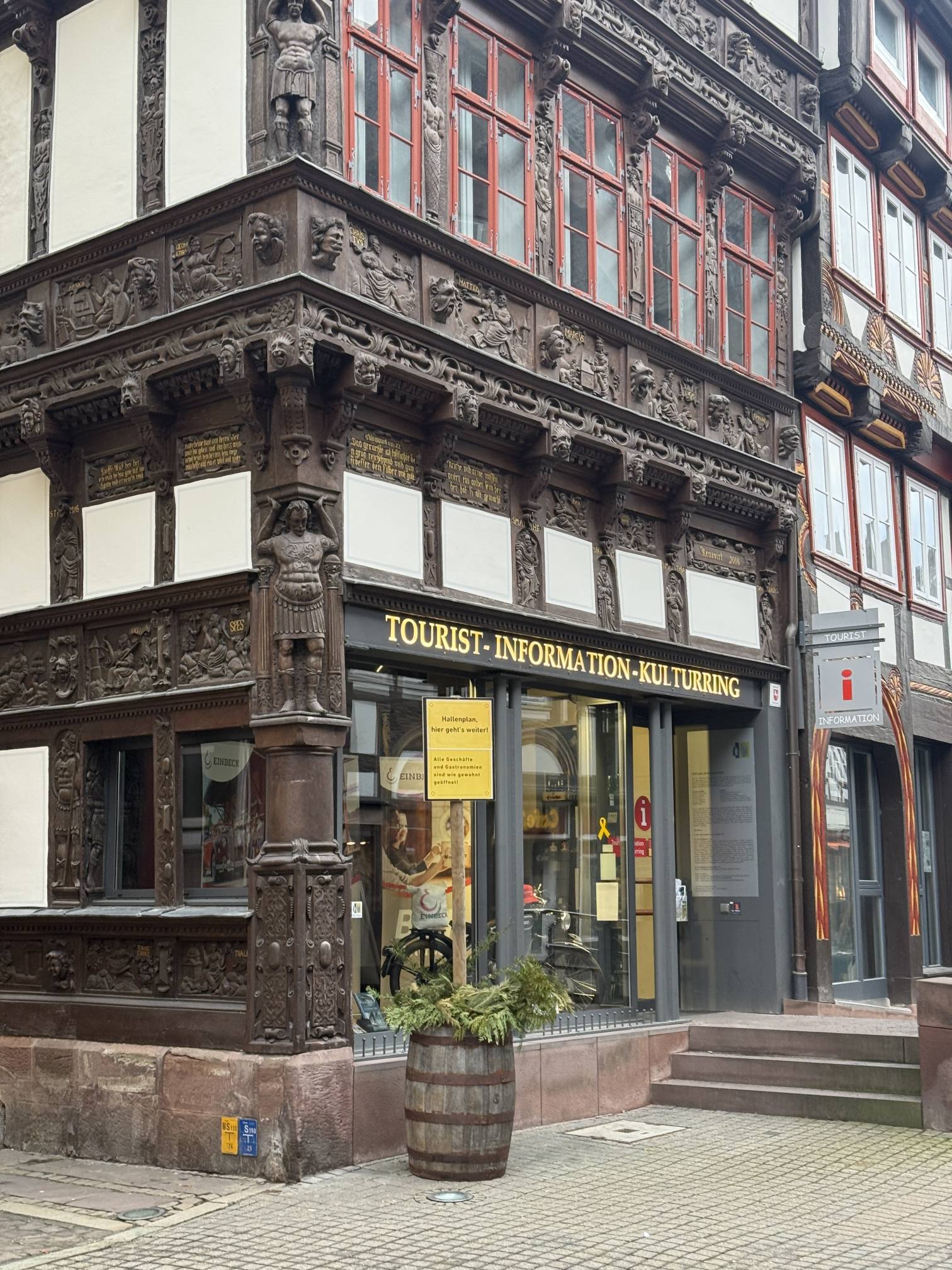
Our style of travel allows us to stumble upon such marvels — that’s why we travel. It’s not just about discovering architectural gems like Bauhaus sites or half-timbered houses, but also about the human connections we make along the way.
People approach us with curiosity, asking about our truck, our next destination, or simply sharing their own stories. These encounters enrich our journey, reminding us that travel isn’t just about places — it’s about people and the stories that bring the world to life.
Traveling light and Serendipity isn’t just a lesson for those on the road — it’s a metaphor for life. Whether you're packing for a short trip or navigating daily routines, the principle remains the same: prioritize what truly matters and let go the rest. Do we clutter our lives with unnecessary baggage, both physical and emotional? Simplifying, making intentional choices, and focusing on experiences over possessions can create more space — not just in a truck, but in life itself.
Explore. Dream. Discover.
